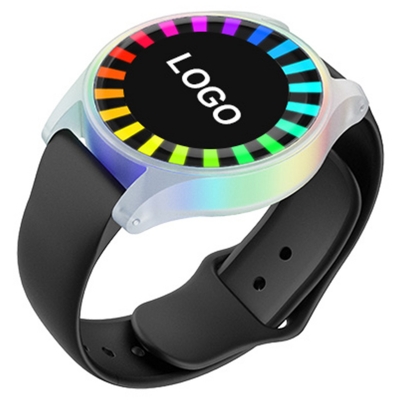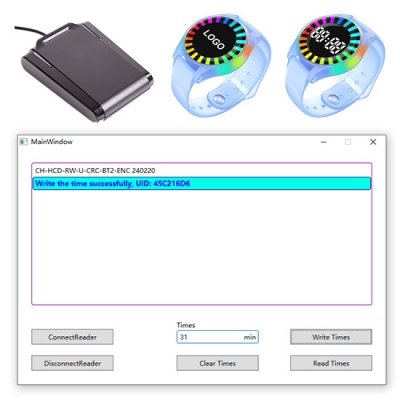في اليوم ' في بيئة الأعمال المتسارعة، تُعدّ الكفاءة والدقة أمرًا بالغ الأهمية. ويُعدّ تحديد الهوية بترددات الراديو (RFID) من أبرز التقنيات الواعدة لتحسين الكفاءة التشغيلية.
ما هو RFID؟
تقنية تحديد الهوية بموجات الراديو (RFID) هي تقنية لاسلكية تستخدم المجالات الكهرومغناطيسية لتحديد وتتبع العلامات الملحقة بالأشياء تلقائيًا. تتكون أنظمة تحديد الهوية بموجات الراديو من ثلاثة مكونات رئيسية:
١. علامات تحديد الهوية بموجات الراديو (RFID): تحتوي هذه الأجهزة الصغيرة على شريحة دقيقة وهوائي. يمكن أن تكون سلبية (تعمل بإشارة القارئ) أو نشطة (تعمل ببطارية داخلية).
2. أجهزة قراءة RFID: تصدر هذه الأجهزة موجات راديوية للتواصل مع علامات RFID، والتقاط البيانات المخزنة على العلامات.
3. البرامج الوسيطة: تعمل هذه الطبقة من البرامج على معالجة البيانات التي يجمعها القارئ ودمجها في الأنظمة الموجودة مثل WMS وERP.
فوائد دمج تقنية RFID في WMS/ERP
1. تحسين دقة المخزون
من أهم فوائد دمج تقنية تحديد الهوية بموجات الراديو (RFID) تحسين دقة المخزون. إذ تستطيع هذه التقنية قراءة عدة علامات في آنٍ واحد، مما يقلل من احتمالية الخطأ البشري ويضمن متابعة المخزون في الوقت الفعلي.
على سبيل المثال، " علامات تتبع المخزون UHF RFID " صُممت هذه العلامات لإدارة الأصول والخدمات اللوجستية. يمكن قراءة هذه العلامات عن بُعد، مما يسمح بحصر المخزون بسرعة. كما يمكن قراءتها من أي اتجاه، مما يساعد على تحديث ومسح موقع البضائع.
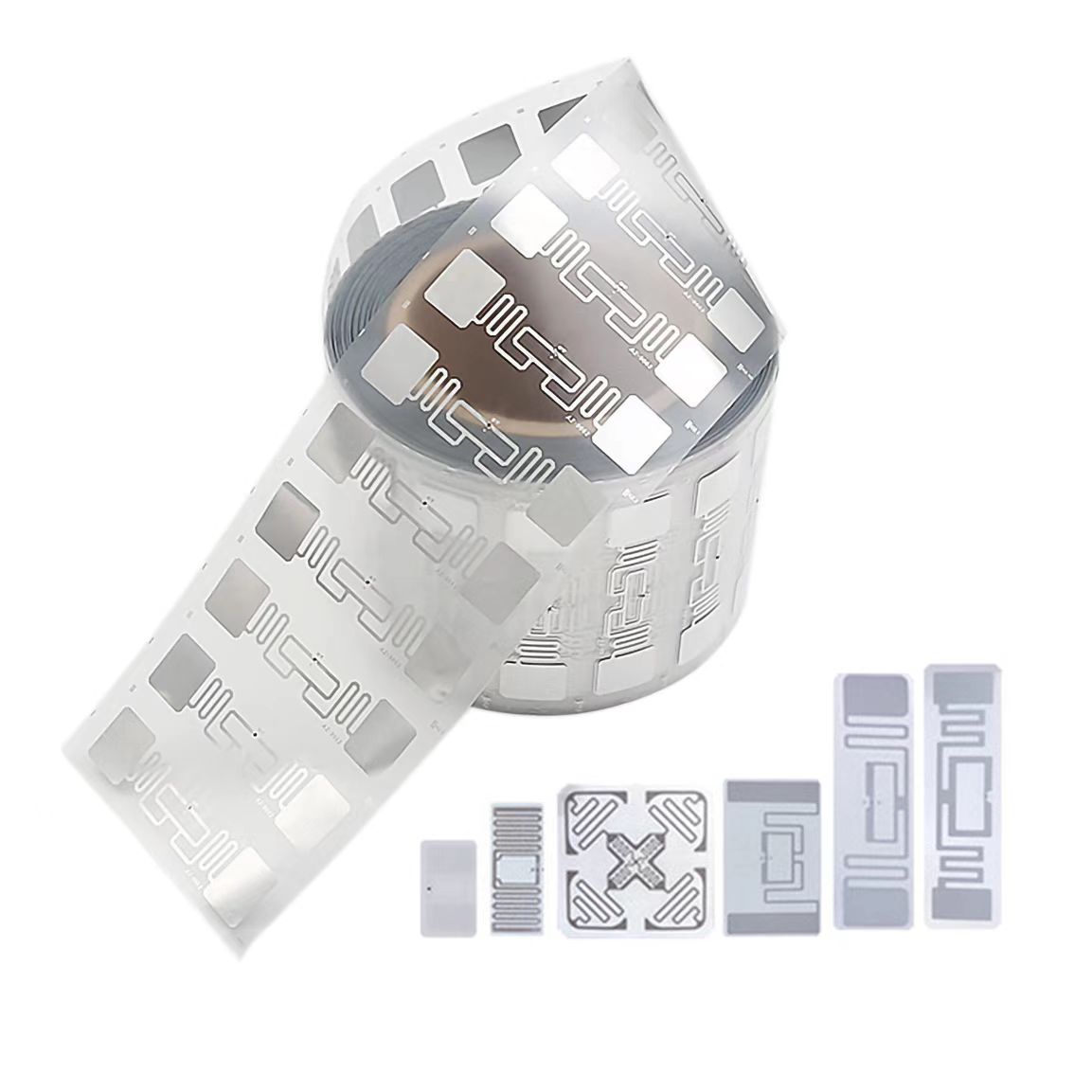
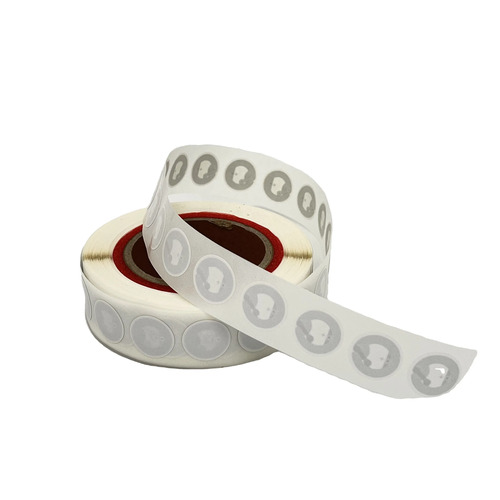
2. تحسين الكفاءة
تُبسّط تقنية تحديد الهوية بموجات الراديو (RFID) مختلف عمليات المستودعات، مثل الاستلام والاختيار والشحن. ومن خلال أتمتة جمع البيانات، يُمكن للموظفين تقليل وقت الإدخال اليدوي وتحسين الإنتاجية الإجمالية.
3. الوصول إلى البيانات في الوقت الفعلي
يتيح دمج تقنية RFID مع أنظمة WMS/ERP إمكانية الوصول إلى البيانات في الوقت الفعلي، وهو أمر ضروري لإدارة المخزون، والتنبؤ بالطلب، وتحسين عمليات سلسلة التوريد.
4. تعزيز إمكانية التتبع
تُحسّن تقنية تحديد الهوية بموجات الراديو (RFID) إمكانية التتبع عبر سلسلة التوريد. تُمكّن الشركات من تتبّع المنتجات من لحظة دخولها المستودع حتى تسليمها للعميل. يُعدّ هذا الأمر ضروريًا للامتثال للوائح وتحسين رضا العملاء.
كيفية دمج تقنية RFID بنجاح؟
1. إجراء تقييم شامل للاحتياجات
قبل دمج تقنية تحديد الهوية بموجات الراديو (RFID)، ينبغي على الشركات إجراء تقييم شامل للاحتياجات لتحديد الأهداف والاحتياجات المحددة. سيساعد فهم العمليات التي ستستفيد أكثر من تقنية تحديد الهوية بموجات الراديو (RFID) في وضع استراتيجية تنفيذ.
2. اختر تقنية RFID المناسبة
يُعد اختيار تقنية تحديد الهوية بموجات الراديو (RFID) المناسبة أمرًا بالغ الأهمية لنجاح عملية التكامل. ينبغي على الشركات مراعاة عوامل مثل نوع البطاقة، والتردد، ونطاق القراءة، وفقًا لاحتياجاتها التشغيلية.
على سبيل المثال، "ميهي" إدارة مخزون الأصول الثابتة باستخدام علامات RFID تُستخدم على نطاق واسع في إدارة الأصول الداخلية والخارجية، وإدارة التفتيش، وإدارة الأدوات. تُعد هذه العلامات مثالية لمجموعة متنوعة من التطبيقات بفضل أحجامها المتنوعة، وسهولة تركيبها، وأدائها المستقر.
3. الاستثمار في حلول البرامج الوسيطة
تلعب البرمجيات الوسيطة دورًا حيويًا في دمج بيانات RFID مع أنظمة إدارة المستودعات/تخطيط موارد المؤسسات (WMS/ERP) الحالية. ينبغي على الشركات الاستثمار في حلول برمجيات وسيطة موثوقة لمعالجة ونقل البيانات بين تطبيقات الأجهزة والبرمجيات الخاصة بـ RFID.
4. تدريب الموظفين
يُعد تدريب الموظفين على نظام تحديد الهوية بموجات الراديو (RFID) الجديد أمرًا بالغ الأهمية لنجاح تنفيذه. يضمن توفير تدريب شامل فهم الموظفين لكيفية استخدام التكنولوجيا بفعالية والتكيف مع العمليات الجديدة.
5. المراقبة والتحسين
بعد التنفيذ، ينبغي على الشركات مراقبة أداء تقنية تحديد الهوية بموجات الراديو باستمرار وتحسين العمليات حسب الحاجة. تساعد التقييمات الدورية على تحديد مجالات التحسين وضمان تحقيق التقنية للفوائد المتوقعة.
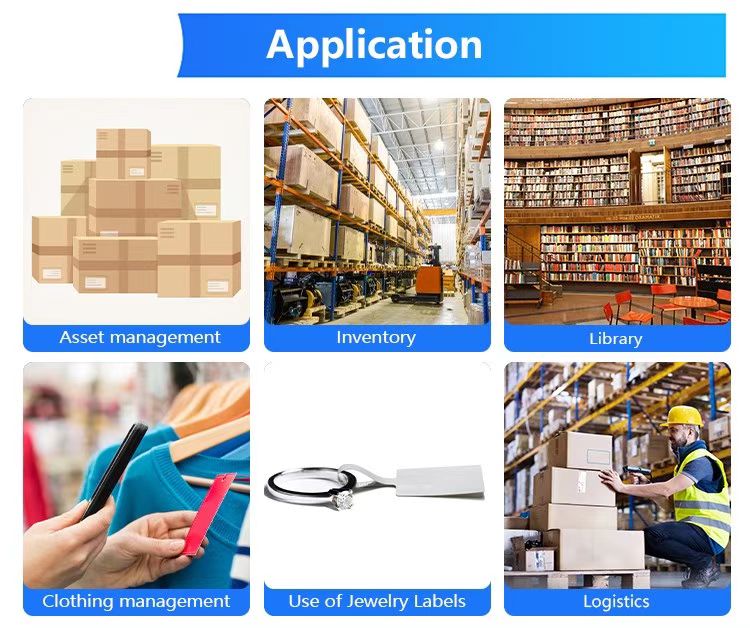
خاتمة
يمكن أن يوفر دمج تقنية تحديد الهوية بموجات الراديو (RFID) في أنظمة إدارة المستودعات/تخطيط موارد المؤسسات (WMS/ERP) الحالية فوائد عديدة، بما في ذلك تحسين دقة المخزون، وزيادة الكفاءة، وتحسين إمكانية التتبع. مع منتجات مثل " ملصقات تتبع المخزون بتقنية UHF RFID القابلة للطباعة " و ال " علامات RFID UHF دقيقة الحجم مثبتة على المعدن لإدارة مخزون الأصول الثابتة، " يمكن للشركات تحسين عمليات إدارة مخزونها بشكل ملحوظ. ورغم التحديات، مثل الاستثمار الأولي وتوافق النظام، فإن اتباع أفضل الممارسات يضمن نجاح التنفيذ. ومع استمرار الشركات في البحث عن طرق لتحسين عملياتها، أصبحت تقنية تحديد الهوية بموجات الراديو (RFID) أداة قيّمة لتحقيق هذه الأهداف.











